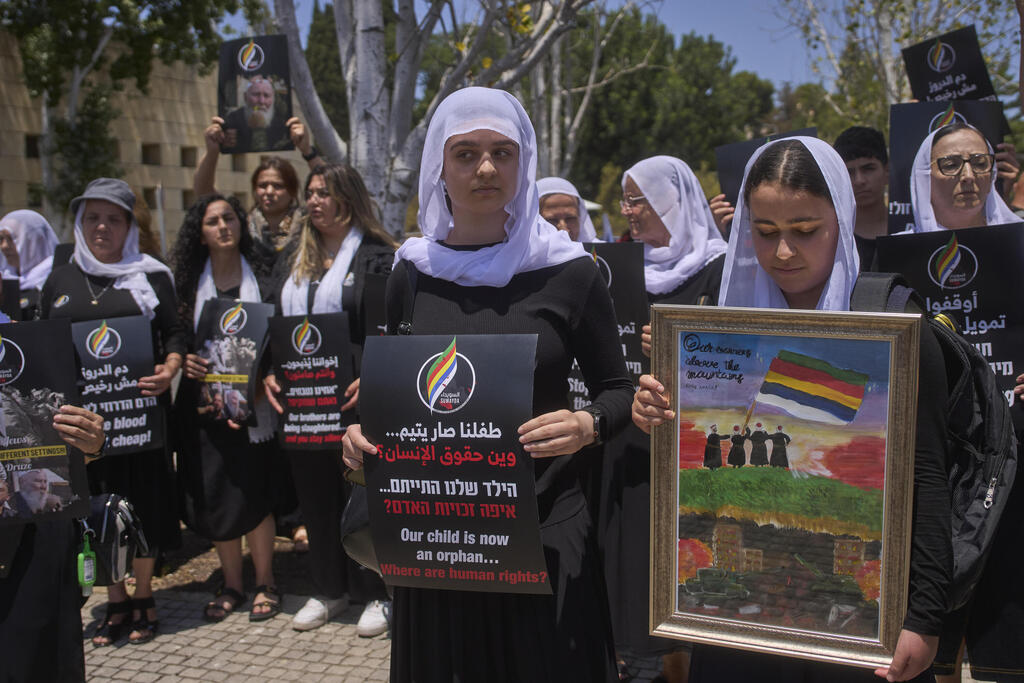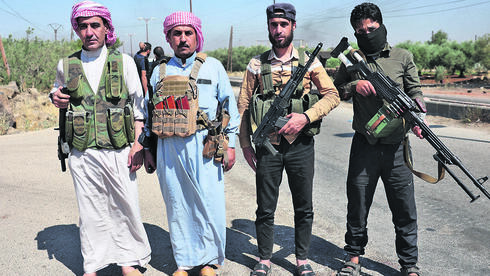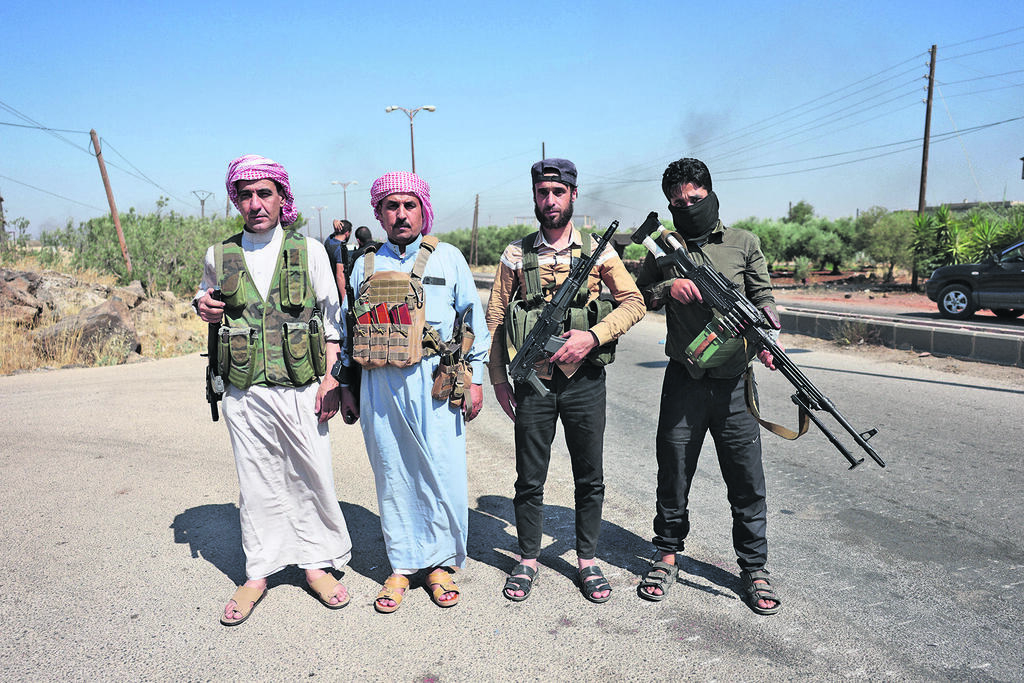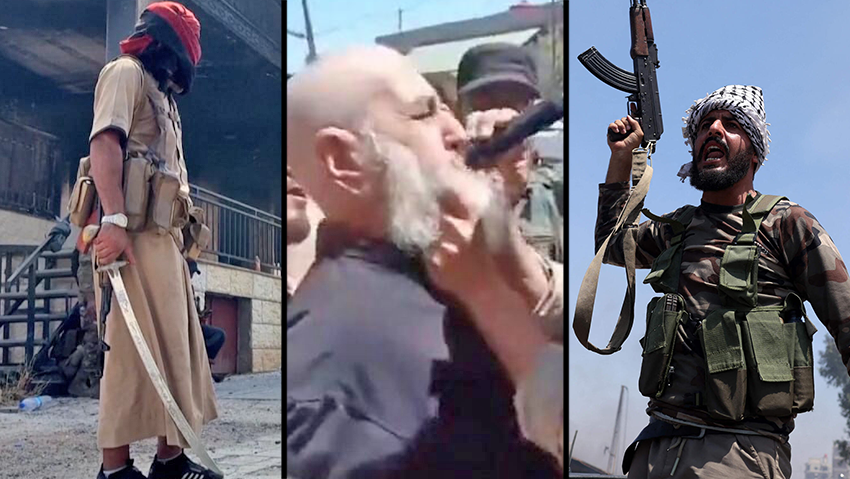“We, the mountain tribes of Jordan, stand with our relatives—the Bedouin tribes of Sweida—who are enduring war crimes at the hands of al-Hijri’s militias.” That declaration, made by a coalition of Bedouin clans in Jordan, reflects a rising wave of tribal solidarity that’s rapidly crossing borders and inflaming tensions in the Middle East. What began as a bloody local feud in southern Syria has now become a regional tribal powder keg with geopolitical consequences.
In recent days, rallies in support of the Bedouin community have flared up across Saudi Arabia and Lebanon. Chants of brotherhood and promises of aid have echoed through city squares, matched by parallel waves of Druze support from their own regional kin. Yet one community remains largely silent: Israeli Bedouins, who—lacking deep ties to their Syrian counterparts—have kept their distance from this growing storm.
The friction is rooted in Sweida’s layered history. Once Bedouin territory, the region became a Druze stronghold around 300 years ago, when waves of Druze migrated southward from Lebanon. Today, they form about 60% of the population. “We are the indigenous people,” said Sheikh Nayef al-Hamad, a leading Bedouin voice in Sweida. “Our lands have been swallowed up, our pastures taken.” Syrian historian Ammar Khalil echoed that sentiment, noting, “Yes, there’s an economic backdrop—but this is also a clash of identity, faith, and heritage.”
The uneasy coexistence shattered two weeks ago after a Druze youth was kidnapped and brutally beaten by Bedouins. The retaliation was swift—and bloody. Dozens were killed as Druze forces launched a counteroffensive. al-Sharaa’s military tried stepping in, only to spark further violence. Then came pro-regime militias with a long record of ISIS affiliations, framing the chaos as a holy war. These extremists didn’t hesitate—they carried out the most gruesome acts of all.
And that’s when the ripple reached Israel. An alleged Israeli strike hit Syria’s military headquarters in Damascus. What began as a tribal standoff had morphed into a regional, religious, and geopolitical firestorm.
Within the Druze community of Syria, the divide is deepening. On one side stands Sheikh Hikmat al-Hijri, defiant in the face of Assad’s rule, calling for international protection. More radical voices orbit his camp. Sheikh Marwan Kiwan recently went so far as to declare, “We want to be part of Greater Israel. It is a democratic, advanced country. We would be honored to be its citizens. We are not Syrians.”
3 View gallery


Druze protesting in front of the US embassy in J’lem
(Photo: AP Photo/Ohad Zwigenberg)
That’s a far cry from the faction led by Sheikh Yusuf al-Jarbua, who favors reconciliation with Damascus. Then there’s Sheikh Laith Balous and his “Men of Dignity,” a pro-al-Sharaa Druze militia. “This bloodshed is the work of radicals pushing foreign agendas,” Balous said. “Our answer must be unity. Syria cannot splinter.”
Behind closed doors, a new plan—heavily influenced by U.S. pressure—is taking shape. The idea: stop Israeli airstrikes, reintegrate al-Sharaa’s security forces into Sweida, and relocate Bedouins outside the province. “This isn’t displacement,” said Sheikh Mudher al-Asaad, head of Syria’s Bedouin Tribal Council. “It’s a tactical retreat. We’re not anti-Druze—we’re anti-militia. Al-Hijri’s men are puppets of Assad and Israel. They want to carve out a separatist state.”
In Lebanon, meanwhile, emotions are running hot. Sheikh Sami Abu al-Muna, the Druze spiritual leader, condemned Israel’s involvement and urged cooler heads in Syria. “Sheikh al-Hijri must open a path to dialogue,” he said. At the same time, Wiam Wahhab—once a pro-Assad, pro-Hezbollah firebrand—has reversed course. “I applaud Israel’s strikes on Damascus,” he said. “It’s time to build a Druze army in Sweida.”
Israel’s Druze population remains steadfast in its opposition to al-Sharaa. For them, the Syrian president is a tyrant in civilian clothes. Even in the Golan Heights, where Druze have long resisted integration into Israel, the tide is turning. More than 1,000 have applied for Israeli citizenship in 2025—double the number from the previous year.
In much of the Sunni Arab world, Ahmad al-Sharaa is still seen as useful—a stabilizer, however brutal. That sentiment explains the deafening silence from most Sunni governments regarding attacks on non-Muslim minorities. Instead, the condemnation is aimed squarely at Israel. Iraqi writer Sadeq al-Taie accused the Jewish state of “exploiting Syria’s chaos to push normalization.” Palestinian-Syrian journalist Hossam Abu Abed added: “Israel isn’t an ally to anyone but itself.”
For Israel, this is treacherous terrain. Support the Druze too loudly, and risk inflaming the Arab world. Push al-Sharaa out too fast, and invite an even more chaotic successor. Stick around too long, and face another endless front—just as Gaza smolders and Iran looms.
A ceasefire that protects Sweida’s Druze while keeping Israeli involvement discreet may be the most pragmatic route. Because in a region of firestorms, this one is rapidly spiraling into something much larger—and deadlier—than a tribal feud.


